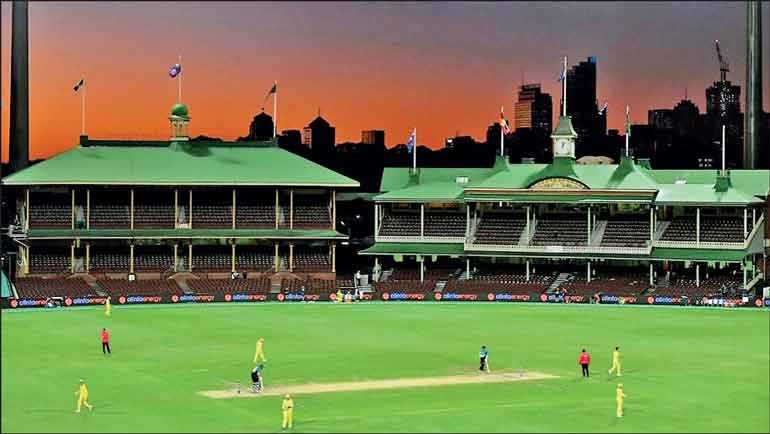Tuesday Dec 23, 2025
Tuesday Dec 23, 2025
Monday, 16 March 2020 00:00 - - {{hitsCtrl.values.hits}}

By former Australia
captain Ian Chappell
ESPNCricinfo: With sporting events dropping like flies it was only a matter of time before cricket joined the list of those seriously affected by the spread of the coronavirus.
When the Premier League in England, football in Italy, and baseball and basketball in America suspend their playing schedules you know that sport is not the prime consideration. This pandemic is spreading at an alarming rate. It is a clear case of being safe and not sorry.
One of the major cricket casualties is the IPL. Original thoughts were to play the tournament behind closed doors but that has now been amended to a deferment. While this is essentially a health issue, there are also financial considerations.
The cancelling of major cricket matches is a rare occurrence and casts the sport back to the dark days of the two world wars. Test matches were suspended in early 1914 and didn’t resume until late 1920 because of the First World War. The gap in competition was slightly longer during the Second World War, stretching from August 1939 until March 1946.
The two major first-class competitions at the time, county cricket and the Sheffield Shield, were both suspended for the bulk of the wars. However, there was some play during hostilities and it produced one of the great cricketing stories of poise under pressure.
Jack Robertson, a successful opening batsman for Middlesex and England, was batting at Lord’s in 1944 when the air-raid sirens erupted. The players and umpires all lay flat on the ground as they had been trained to do until the danger passed. On resumption, Robertson casually lifted the first delivery over the boundary for six.
So much for your bombs, Mr. Hitler.
In some cases, sporting events – the ODI series between Australia and New Zealand is one (called off since this article was written) – are being played behind closed doors. I had my first experience of the eeriness of this when Australia comfortably defeated New Zealand at the SCG in the first of three such games.
I’m one who believes you don’t necessarily need a crowd to be spurred on as a sportsman; it’s the thrill of a close contest that gets the juices flowing. Nevertheless it was a strange silence that accompanied scintillating boundaries and landmark scores at the SCG. The upside was the absence of mindless chatter over the PA system; it was good to enjoy a game of cricket where you could hear yourself think.
I had an inkling of what a spectator-less SCG would look and sound like, having played a Sheffield Shield match at Adelaide Oval in 1963-64 that commenced on Christmas Day. There was only one spectator in attendance for the start of play between South Australia and Queensland, and he was Nevill Jack.
I knew of Nevill because he supported Glenelg, the club I played for, and he was extremely knowledgeable in all things cricket and horse racing. As play got under way the South Australia fast bowler Neil Hawke was confronted by Queensland opener Sam Trimble.
Hawke was often rattled by Trimble’s quirky batting style and on this occasion Nevill only added to the bowler’s frustration. When Trimble clipped a boundary, the refrain from beyond the pickets was: “Sammy Trimble, the dairy farmer from Lismore, you bloody beauty.” If Trimble picked up a quick single, Nevill would shout: “That’s the way, Sammy, milk him like one of your cows.”
This was all too much for Hawke, who snatched his cap from the umpire after an expensive over, whirled around in the direction of the sole spectator and screamed: “Why don’t you f**k off home Nevill and have Christmas lunch like everyone else.”
There were no such outbursts at the SCG this week, but despite the absence of applause, it was competitive cricket. The finish provided another unusual sight: the opponents didn’t shake hands or hug but acknowledged each other in a variety of different ways from the recommended safe distance of a couple of metres.
These are indeed strange and difficult times but the main priority is to stay healthy – a worthwhile objective.